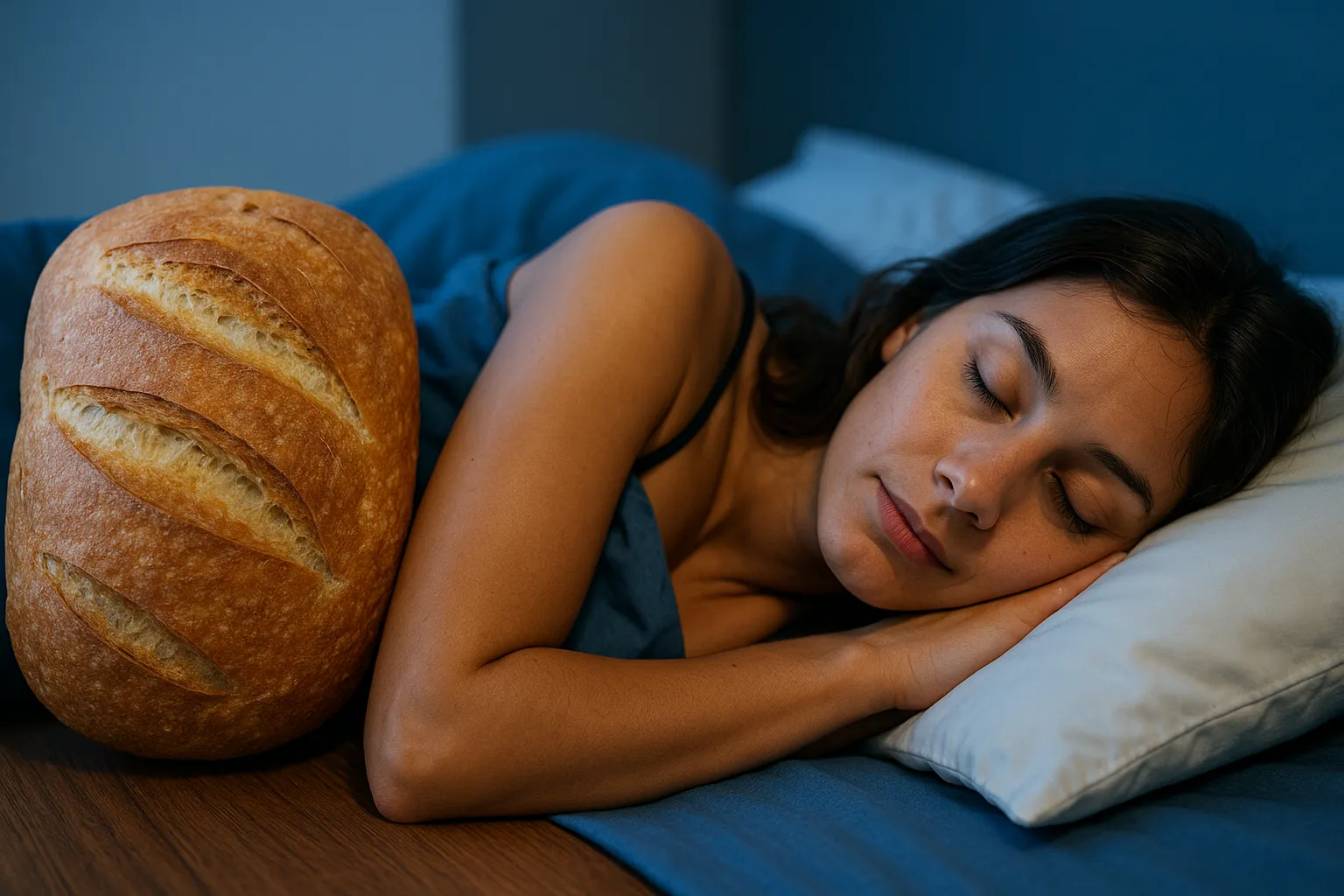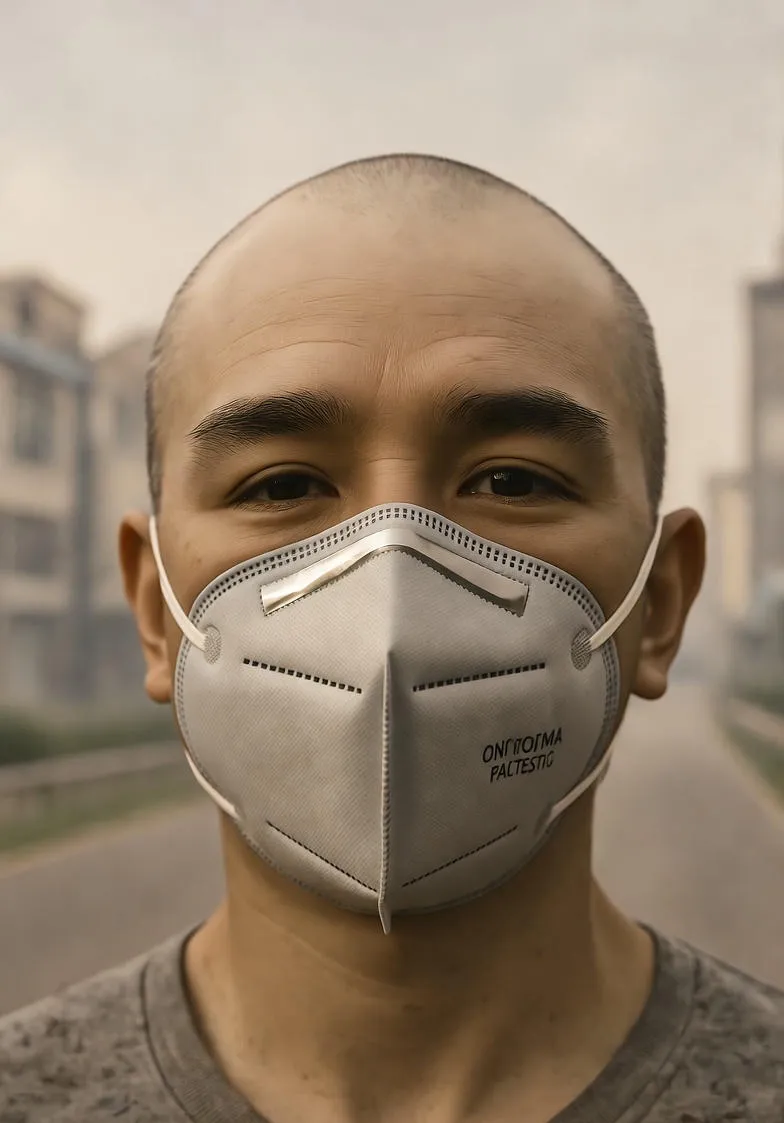The Ultimate Guide to OEKO-TEX Certified Bedding: Sleep Safer, Live Healthier
Discover the essential guide to OEKO-TEX certified bedding. Learn what the STANDARD 100 means, the difference between Product Classes I and II for safety, the benefits of non-toxic textiles, and how to verify an authentic label for a healthier sleep environment.

🛌 The Ultimate Guide to OEKO-TEX Certified Bedding: Sleep Safer, Live Healthier
We spend roughly one-third of our lives in bed. Given this intimate and prolonged contact, the materials we sleep on should be as pure and safe as possible. For too long, consumers have been largely unaware of the cocktail of chemicals—from pesticides and heavy metals to formaldehyde—that can reside in conventional textiles. This is where the **OEKO-TEX** certification steps in, serving as a globally recognized beacon of trust, ensuring that the fabric you snuggle into is harmless to human health.
Choosing bedding certified by OEKO-TEX is no longer a luxury—it's a critical step toward prioritizing personal health, especially for children, those with sensitive skin, or anyone seeking a cleaner, non-toxic sleep environment. This comprehensive guide will demystify the OEKO-TEX standard, explain what it means for your bedding, and empower you to make informed decisions for a healthier life.
🔬 What Exactly is OEKO-TEX? A Deep Dive into the Standard 100
Founded in 1992 by a consortium of European textile research and testing institutes, the International Association for Research and Testing in the Field of Textile and Leather Ecology (OEKO-TEX) established a robust, globally standardized testing and certification system. The most common and relevant certification for bedding is the **STANDARD 100 by OEKO-TEX®**.
What the STANDARD 100 Certifies
The STANDARD 100 is not a certification for *organic* materials, but rather a guarantee of *product safety*. A product with this label has been rigorously tested against a catalog of several hundred regulated and unregulated substances that could be harmful to human health. This goes far beyond national and international legal requirements, creating one of the most stringent and reliable systems in the world.
- Banned AZO Colorants: Strict exclusion of dyes known to release carcinogenic amines.
- Heavy Metals: Testing for harmful residues of metals like lead, cadmium, and mercury.
- Formaldehyde: Regulating the use of this common finishing chemical, which can be an irritant.
- Pesticide Residues: Ensuring minimal to zero presence of chemicals used in the cultivation of natural fibers like cotton.
- pH-Value: Checking that the textile's pH is skin-friendly and non-irritating.
- All Components Tested: Certification applies not just to the fabric, but to *every single component* of the product—including threads, zippers, buttons, trims, and non-textile accessories.
The Rigor of the Testing Process
The testing is conducted by independent OEKO-TEX institutes across the globe. Critically, the standard is updated at least once a year, continuously adapting to new scientific knowledge and evolving legal requirements, ensuring it remains at the forefront of textile safety.
👶 The Four Product Classes: Why the Category Matters
The OEKO-TEX STANDARD 100 uses four distinct Product Classes. These classes determine the level of testing required based on the product's intended use and how closely it comes into contact with the skin. The more sensitive the skin area or the more prolonged the contact, the stricter the limit values for harmful substances become. For bedding, this distinction is vital:
- Product Class I: Articles for Babies and Toddlers (up to 36 months)
- Strictest Limits: This class has the most rigorous requirements, designed to protect the most sensitive skin.
- Bedding Relevance: Crib sheets, baby blankets, baby pillows, and crib mattress protectors must meet this standard.
- Product Class II: Articles Worn Close to the Skin
- High Limits: This category is designed for products that have a large surface area of direct, prolonged skin contact.
- Bedding Relevance: **This is the standard minimum for adult bed linen, sheets, pillowcases, and duvet covers.**
- Product Class III: Articles Worn Not Close to the Skin
- Moderate Limits: Items with limited skin contact, such as jackets or coats.
- Bedding Relevance: Items like duvets (where the shell fabric is the primary contact) or mattress ticking often fall here, though many brands opt for Class II for higher assurance.
- Product Class IV: Decoration/Furnishing Materials
- Lower Limits: This covers products not intended for clothing or direct contact, such as curtains, tablecloths, or upholstery.
Pro Tip: When shopping for adult bedding, while Class II is the standard, some premium or health-focused brands voluntarily certify their adult sheets to the even stricter **Class I** standard. This provides the highest level of assurance, particularly beneficial for allergy sufferers or those with extremely sensitive skin.
✨ The Core Benefits of Choosing Certified Bedding
The decision to purchase OEKO-TEX certified bedding is an investment in your health, your home, and the environment. The benefits extend far beyond a mere label.
1. Health and Safety Assurance (A Non-Toxic Sleep)
The paramount benefit is the **elimination of harmful substances** in the final product. Given the amount of time we spend in bed, our bodies are in continuous, direct contact with the fabric. Heat, moisture, and friction can all encourage the transfer of chemical residues to your skin or respiratory system. By choosing certified bedding, you are actively reducing your exposure to:
- Skin Irritants and Allergens: The absence of aggressive chemicals, especially certain dyes and finishes, drastically reduces the risk of contact dermatitis, rashes, and allergic reactions.
- Respiratory Concerns: By minimizing substances like formaldehyde and other Volatile Organic Compounds (VOCs), you improve the air quality in your immediate sleeping environment, benefiting those with asthma or other respiratory sensitivities.
- Peace of Mind: The rigorous, third-party testing replaces consumer guesswork with verifiable safety, allowing you to sleep truly soundly.
2. Quality and Durability
While the focus is chemical safety, the certification process is inherently linked to quality. The testing protocols also ensure **color fastness** (dyes won't bleed or fade) and check the overall strength and structure of the material. A manufacturer committed to meeting the demanding OEKO-TEX criteria is typically one that adheres to overall high production standards.
3. Environmental Responsibility (Beyond STANDARD 100)
While STANDARD 100 focuses on the finished product's safety for human use, OEKO-TEX offers additional standards that highlight a brand's commitment to sustainability:
OEKO-TEX STeP (Sustainable Textile Production)
This certification is for the **manufacturing process** itself. It audits production facilities for sustainable practices in six modules:
- Chemical Management (e.g., proper handling and disposal)
- Environmental Performance (e.g., $ ext{CO}_2$ emissions, water usage)
- Environmental Management (e.g., establishing environmental goals)
- Social Responsibility (e.g., fair wages, safe working conditions)
- Health and Safety (e.g., fire protection, noise reduction)
- Quality Management
OEKO-TEX MADE IN GREEN
The most comprehensive label. A product with the **MADE IN GREEN by OEKO-TEX®** label guarantees two things:
- The product has been tested for harmful substances (i.e., it meets the STANDARD 100).
- It has been manufactured in environmentally friendly facilities under socially responsible working conditions (i.e., facilities meet the STeP criteria).
This label also features a unique product ID or QR code, allowing consumers to trace the article's production path—a gold standard for transparency.
❓ OEKO-TEX vs. Organic: Understanding the Key Difference
This is a common point of confusion for ethical consumers. It is crucial to understand that **OEKO-TEX is not an organic certification**, and organic is not necessarily an OEKO-TEX certification.
- Organic Certifications (e.g., GOTS): Focus primarily on the **raw material**—how the fiber (like cotton or bamboo) was grown, ensuring it was done without synthetic pesticides, fertilizers, or genetically modified seeds. The primary focus is the agricultural process.
- OEKO-TEX STANDARD 100: Focuses on the **final product's safety**—testing the finished textile for the presence of harmful chemical residues from the entire production process (dyeing, finishing, manufacturing). The primary focus is human-ecological safety.
The Ideal Scenario: The safest, most environmentally responsible product is one that is both **Organically Certified** (assuring sustainable farming) and **OEKO-TEX Certified** (assuring a non-toxic finished product). The OEKO-TEX ORGANIC COTTON standard is a newer, dedicated certification that attempts to bridge this gap.
🔍 How to Verify and Check an OEKO-TEX Label
The OEKO-TEX label is highly respected, but as with any popular certification, it's wise to verify its authenticity. This process is straightforward and is a core component of the OEKO-TEX commitment to transparency.
1. Locate the Certification Number
The OEKO-TEX label on your bedding will typically include two key pieces of information:
- The **Standard Name** (e.g., STANDARD 100 or MADE IN GREEN).
- A **Certification Number** or **Product ID** (a string of letters and numbers, often followed by the name of the testing institute, e.g., '123456 Test Institute').
2. Use the Official Label Check Tool
OEKO-TEX maintains a public, online database called the **Label Check**. Simply navigate to their official website and enter the certification number.
- The tool will confirm the **validity** of the certificate (they are only valid for one year and must be renewed).
- It will confirm the **Product Class** (I, II, III, or IV).
- It will often provide the **name of the manufacturer or certificate holder** and the certified product category.
Important Note: The certification is issued to the *manufacturer* or *supplier*, not the specific retailer. Always ensure the certificate is current, as annual re-testing is mandatory to maintain compliance.
✅ Choosing Your Certified Bedding: A Practical Checklist
When shopping for new sheets, duvet covers, or pillows, use this checklist to guide your purchasing decision and ensure you're getting the best possible product:
- Identify the Standard: Look specifically for the **STANDARD 100 by OEKO-TEX®** label. If you are also interested in sustainable production, look for the **MADE IN GREEN by OEKO-TEX®** label.
- Check the Product Class: For adult bedding, ensure the product is at least **Class II**. For infant or toddler products, demand **Class I**.
- Verify the Label: Use the unique Certification Number or QR code with the official OEKO-TEX Label Check tool to confirm the certificate is current and authentic.
- Consider Other Certifications: If environmental integrity is a priority, look for complementary certifications like GOTS (Global Organic Textile Standard) alongside the OEKO-TEX label.
- Question the Brand: Reputable brands will clearly and proudly state their OEKO-TEX status on their product pages and be transparent about their specific product class and certificate number.
🚀 The Future of Sleep is Non-Toxic
The rise of certifications like OEKO-TEX is a testament to a growing, global demand for safer, higher-quality, and more transparent textiles. By consistently choosing OEKO-TEX certified bedding, consumers wield powerful economic influence, encouraging the entire textile supply chain to adopt more stringent standards for human-ecological safety and sustainable production. You are not just buying a sheet; you are investing in a healthier sleep environment, a more transparent industry, and a deeper sense of well-being. Sleep safely, knowing your bedding is tested, trusted, and truly harmless.


